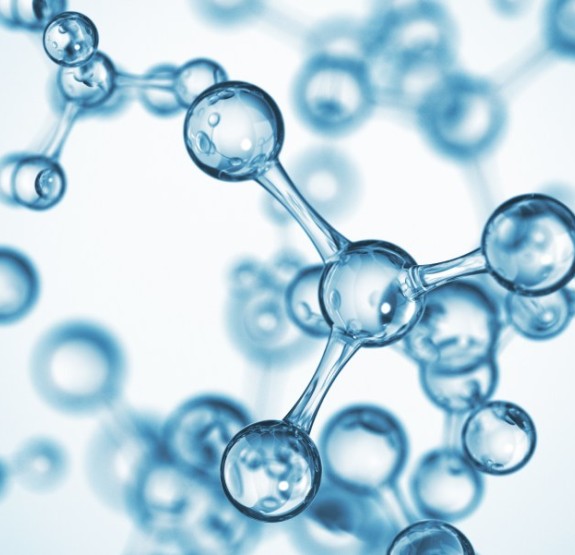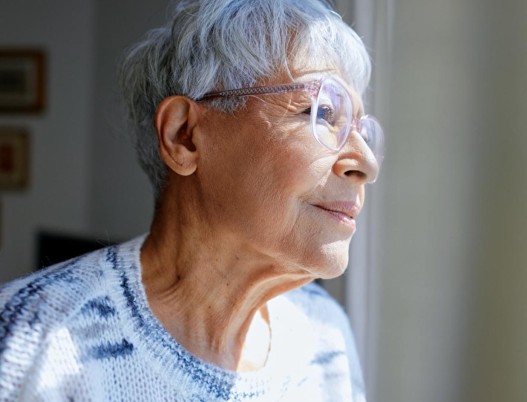[ OAB ]
Low serum testosterone levels increase OAB risk in women.
By Lucy Piper, medwireNews Reporter

Introduction
Women who have low serum testosterone levels may have an increased risk for overactive bladder (OAB), suggests cross-sectional research of NHANES data.
Study Details
For their study, the team used data on 4991 women older than 20 years who had their testosterone levels measured and completed OAB questionnaires as part of the 2011–2016 National Health and Nutrition Examination Survey (NHANES).
Participant Demographics
Around half (50.6%) of the women were aged between 40 and 59 years, and 25.9% had OAB symptoms, based on combined urge incontinence and nocturia scores on the Overactive Bladder Symptom Score (OABSS) of 3 points or more.
Baseline Testosterone Levels
At baseline, the median testosterone level for the women overall was 18.5 ng/dL. It was significantly lower in the 1295 women with OAB than the 3696 women without, at 17.1 ng/dL versus 19.1 ng/dL, respectively.
Testosterone Levels and OAB Prevalence
When the researchers divided serum testosterone levels into quartile ranges of less than 12.3 ng/dL, 12.3–18.5 ng/dL, 18.5–26.8 ng/dL, and 26.8 ng/dL and above, the prevalence of OAB was significantly higher among women in quartiles one and two than among those in quartiles three and four, and there was no significant difference between women in quartiles three and four.
The study shows a significant association where women with serum testosterone levels less than 18.5 ng/dL have approximately 27.1% higher odds of experiencing OAB symptoms compared to those with higher testosterone levels.
Critical Threshold
“This suggests that using the median testosterone level as a threshold is a critical point for the increased prevalence of OAB,” say the investigators in International Urology and Nephrology.
Urge Incontinence and Nocturia
Indeed, they found that women with testosterone levels below 18.5 ng/dL were significantly more likely to have urge urinary incontinence and nocturia than women with testosterone levels of 18.5 ng/dL or above, with 24.8% testing positive for OAB versus 18.8%.
Moderate and Severe OAB Risk
Women with low testosterone levels were also at significantly increased risk for moderate (OABSS of 3–4 points) and severe (OABSS of 5–6 points) OAB, with rates of 21.1% versus 15.9% and 3.7% vs 3.0%, respectively. The researchers note that the “odds ratio of OAB in women gradually decreased as testosterone levels increased.”
Hypothesis on Androgen Deficiency
Liu and colleagues hypothesize that “androgen deficiency may directly or indirectly induce bladder detrusor overactivity.”
Independent Relationship
The relationship between testosterone levels and OAB was independent of age, BMI, diabetes, education, alcohol use, and menopause in interaction analyses, as well as depression, stroke, and stress urinary incontinence in sensitivity analyses.
Age and OAB Incidence
Subgroup analysis indicated an intensification of the association between testosterone levels and OAB incidence with advancing age, notably post-40 years.
Need for Further Studies
The research suggests the need for further studies on the potential therapeutic role of testosterone supplementation in women with OAB.
Conclusion
They conclude: “Given the direct and indirect effects of testosterone on the pelvic floor and lower urinary tract, a potential mechanism for this relationship can be further explored in translational studies.”
Read the article here: Int Urol Nephrol 2024; doi:10.1007/s11255-024-03996-9
To access to the complete publication, please contact medical_information@pierre-fabre.com
Summary
A study using National Health and Nutrition Examination Survey (NHANES) data suggests that low serum testosterone levels in women are linked to a higher risk of overactive bladder (OAB). The analysis included 4,991 women over 20 years old from the 2011–2016 NHANES. Key findings include:
- Median testosterone level was 18.5 ng/dL.
- Women with OAB had lower median testosterone levels (17.1 ng/dL) compared to those without OAB (19.1 ng/dL).
- OAB prevalence was higher in women with lower testosterone levels, particularly below 18.5 ng/dL.
- Low testosterone levels were associated with increased risks of moderate and severe OAB (significant association where women with serum testosterone levels less than 18.5 ng/dL have approximately 27.1% higher odds of experiencing OAB symptoms compared to those with higher testosterone levels).
- This relationship was independent of age, BMI, diabetes, education, alcohol use, menopause, depression, stroke, and stress urinary incontinence.
- The association between low testosterone and OAB was stronger in women over 40.
The study calls for further research on testosterone supplementation as a potential treatment for OAB in women.
Read the article here: Int Urol Nephrol 2024; doi:10.1007/s11255-024-03996-9
To access to the complete publication, please contact medical_information@pierre-fabre.com

